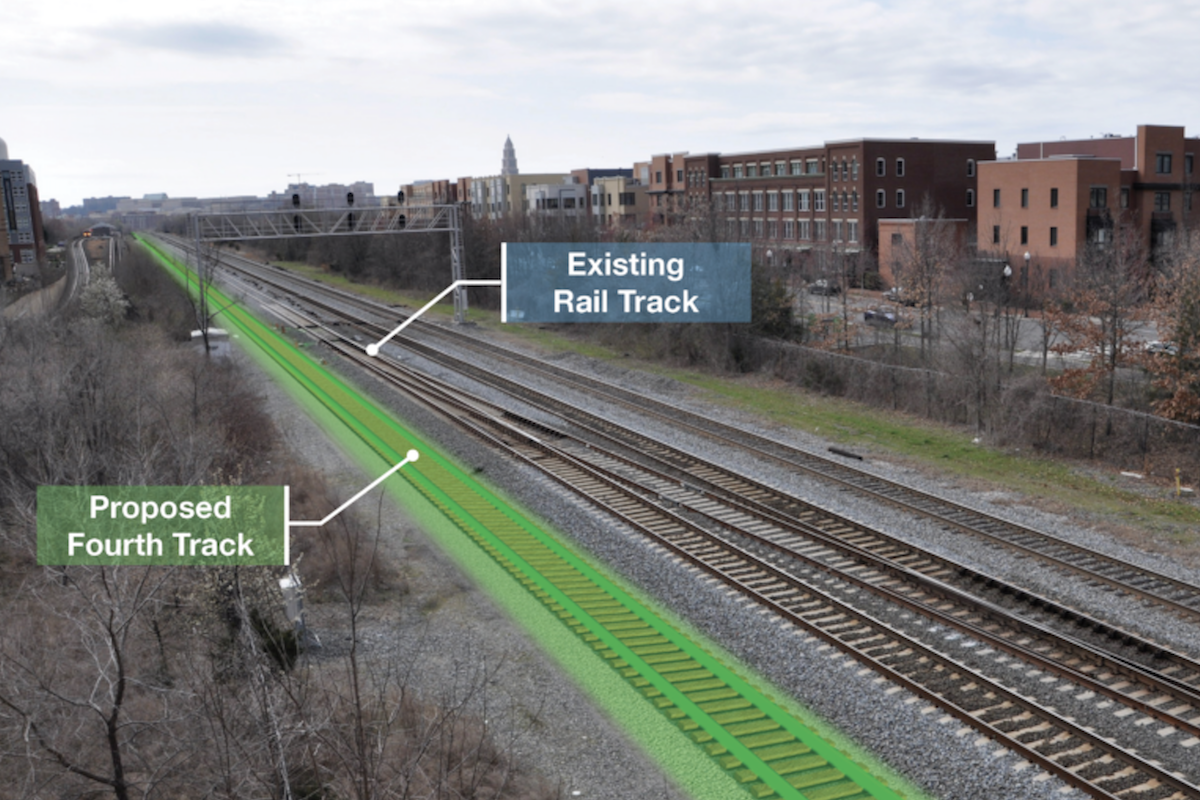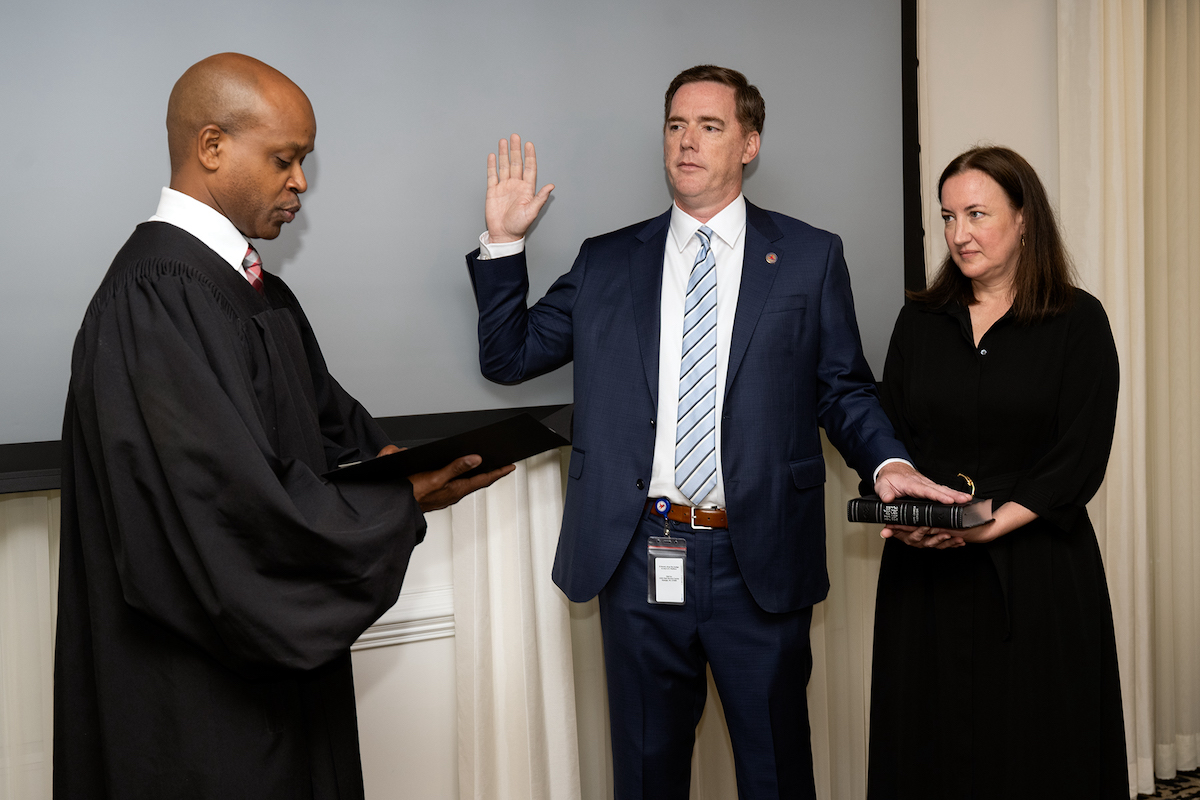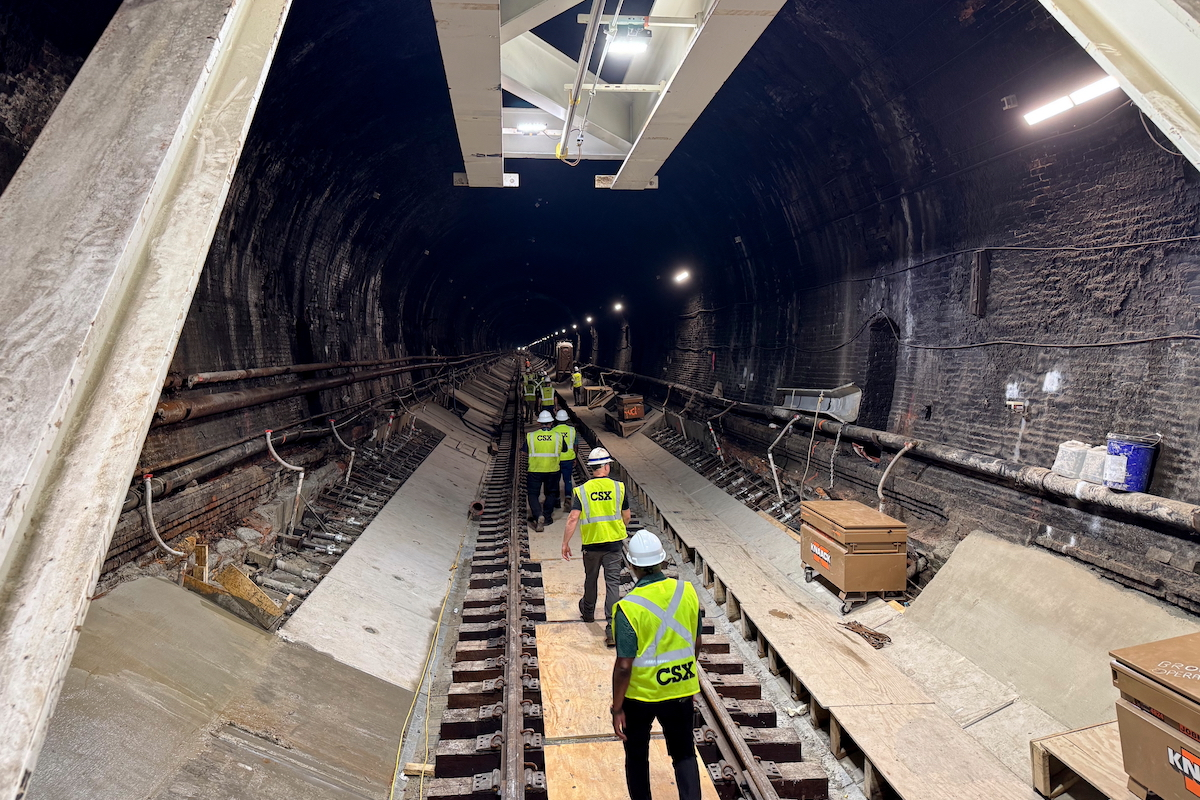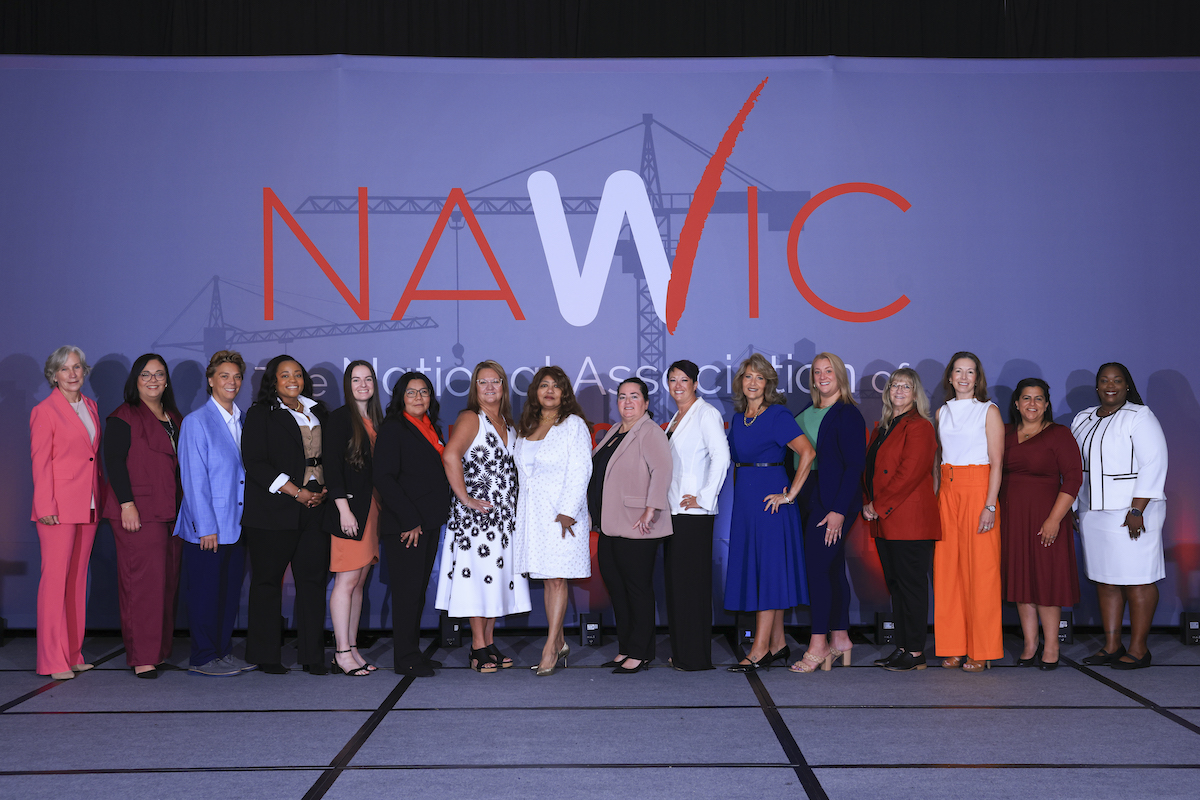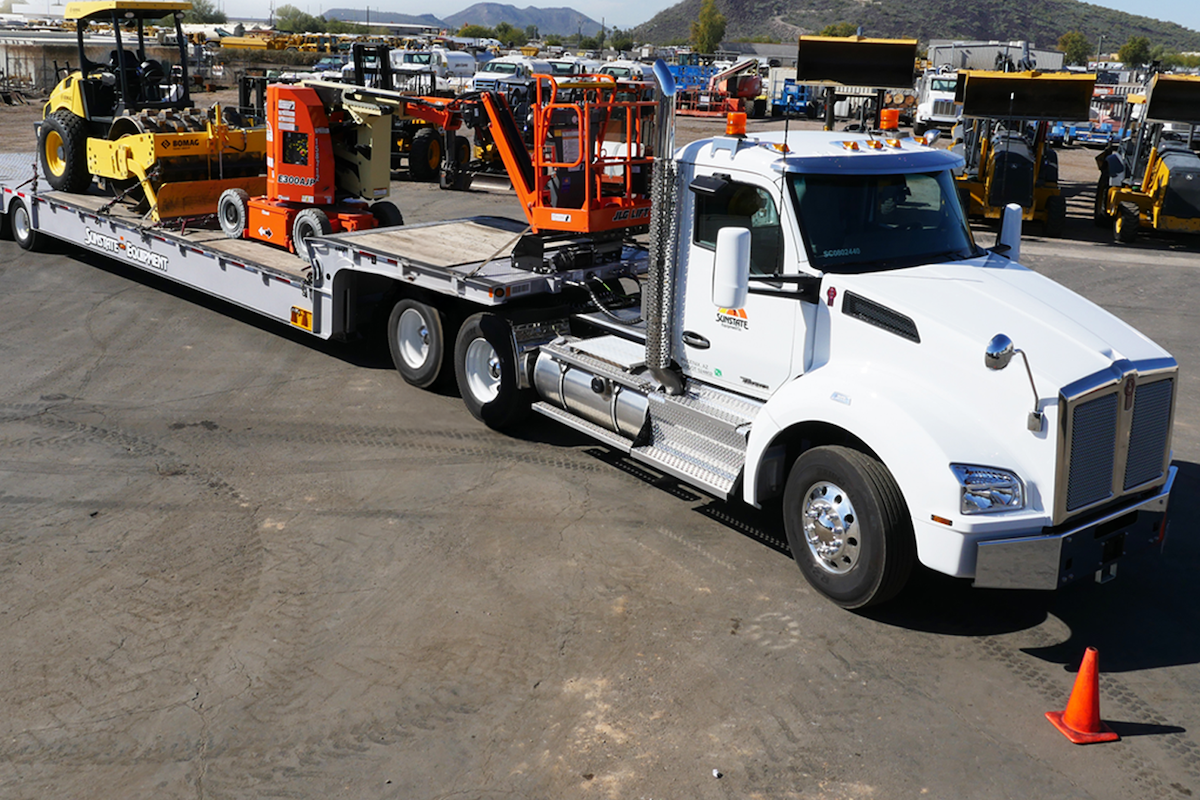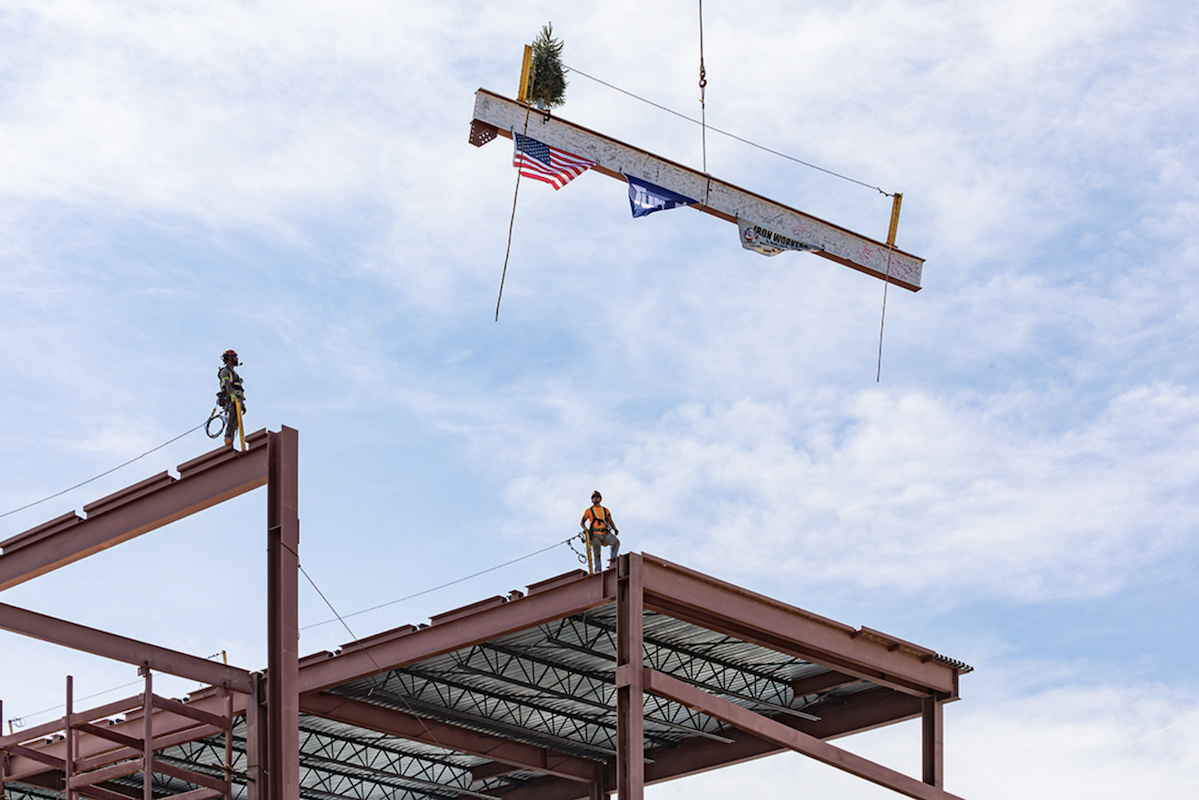The TRIP report, “Keeping Maryland Mobile: Providing a Modern, Sustainable Transportation System in the Old Line State,” calculates the cost to Maryland motorists and hours lost due to congestion, identifies the most congested routes during morning and evening weekday commutes, examines the impact of congestion on job accessibility, identifies the state’s worst traffic bottlenecks and the least reliable routes for large commercial trucks, and examines steps being taken to improve travel reliability in Maryland.
Traffic congestion in the Baltimore urban area results in the average driver losing 59 hours annually in traffic delays and wasting 22 gallons of fuel, costing the average Baltimore driver $1,371 each year in lost time and wasted fuel. The average driver in the Maryland D.C. suburbs loses 99 hours to congestion and wastes 39 gallons of fuel annually, costing $2,465 in lost time and wasted fuel. Statewide, drivers lose $5.8 billion annually as a result of lost time and wasted fuel due to traffic congestion. Due to the COVID-19 pandemic, vehicle travel in Maryland dropped as much as 47 percent in April 2020 (as compared to vehicle travel during the same month the previous year), but rebounded to five percent below 2019’s pre-pandemic levels in 2022.
Traffic congestion significantly reduces access to jobs and employees. In a 2020 report, (data was collected prior to the onset of the COVID-19 pandemic) the Center for Transportation Studies at the University of Minnesota found that of the approximately 1.9 million jobs accessible within a one-hour drive to a resident of the Baltimore metro area, only 51 percent are accessible within 40 minutes. Of the approximately 2.6 million jobs accessible within a one-hour drive to a resident of the Washington, D.C. metro area, only 45 percent are accessible within a 40-minute drive. The Center for Transportation Studies report also found that the number of jobs accessible within 40 minutes during peak commuting times in the Baltimore and Washington, D.C. metro areas was reduced by 46 and 52 percent, respectively, as a result of traffic congestion.
The Maryland Department of Transportation State Highway Administration has undertaken a combination of programs and projects to address traffic congestion and reliability challenges, which were estimated in 2020 to save approximately $1.2 billion in reduced delays, fuel consumption, and emissions. These efforts include an incident management program that in 2020 cleared approximately 35,000 incidents and assisted approximately 35,000 stranded motorists, improved traffic signalization, the provision of more than 13,500 park and ride spaces at 107 locations, HOV lanes on portions of I-270 and US 50, new sidewalks and bike lanes, and additional roadway capacity at a number of historically congested intersections.

| Your local Topcon Positioning Systems Inc dealer |
|---|
| Linder Industrial Machinery |
Improvements to Maryland’s roads, highways, and bridges are funded by local, state, and federal governments. The level of highway investment in Maryland will increase as a result of the five-year federal Infrastructure Investment and Jobs Act (IIJA), signed into law in November 2021, which will provide $4.6 billion in road, highway, and bridge funding in Maryland from 2022 to 2026, including a 36 percent increase in federal funding in 2022.
“Maryland has made significant progress in recent years in addressing its congestion and reliability challenges,” said Dave Kearby, TRIP’s Executive Director. “It is critically important that adequate investment is made to keep the state’s residents, businesses, and visitors moving efficiently and safely. Maryland’s economic health and the quality of life of its residents are literally riding on its transportation network.”














